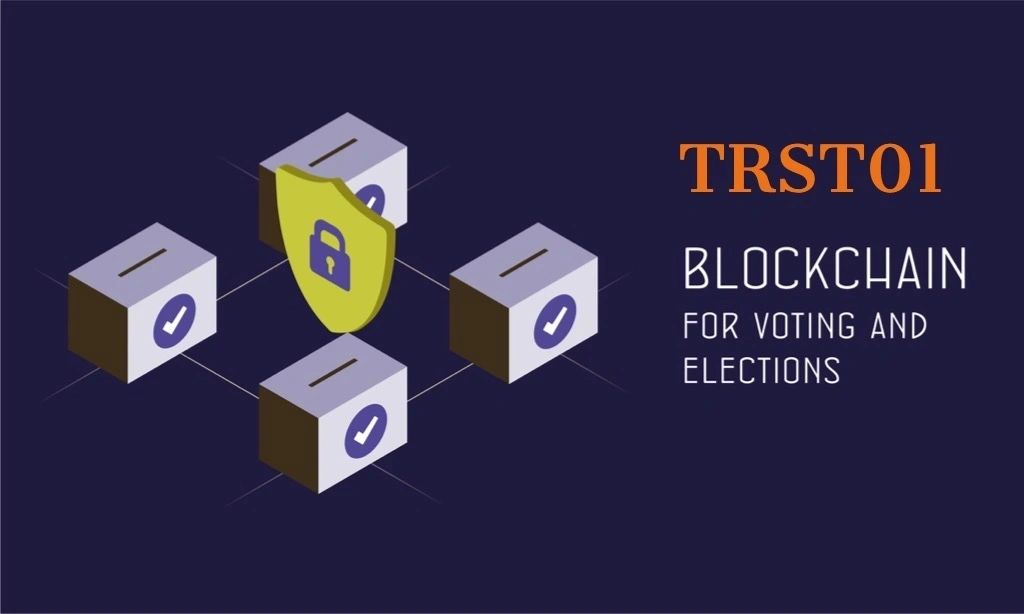Knowledge Share
New Normal, Digital Transformation, Industry 4.0
Trust | Transparency | Traceability
Blockchain and e-vote

India Chief Election Commissioner Mr Sunil Arora Said Election Commission of India is working with IIT-Madras for using blockchain technology to enable app-based e-voting to make the process more convenient.
“We are doing a project with IIT-Madras, Chennai, and some of the eminent scientists. We are doing a blockchain project. We are very hopeful by the 2024 Lok Sabha elections; you will see a lot of fundamental differences in the way we (Election Commission) is working, including this (e-voting),” he added.
With the current rise in the demand and usage of blockchain technology for various purposes, they are ranging from finance, medical, identification, amongst others. A significant focus has been dedicated to India’s e-voting system to provide a better, more reliable, secure and transparent means of public governance. Public elections are one of the bases upon which democracy is built. Blockchain integrates cryptography into software uniquely and creates a tamper-free record that can easily be checked to ensure votes are accurately recorded. Thus, it is of the utmost importance that governments and regulators can successfully execute a proven beneficial election system and holds on to non-fraudulent activities of the elections ecosystem.
- 1. Platform-independence -this means the changes in the underlying blockchain protocols should not affect the voting schemes.
- 2. Security framework -the voting system implemented with comprehensive security features.
- 3. Practical-it should be scalable, which means the large number of ballots casting and validation finished in a reasonable time.
- 1. Smart contract administrator: the ability to access the smart contract platform to deploy/terminate the smart contract.
- 2. Voting administrator: to organize the vote by setting up the voting parameters
- 3. Smart contract: The role of the smart contract include
- storing the encrypted ballots
- verifying the validity of the ballots
- counting the encrypted ballot
- verifying the correctness of the voting result
- publishing the voting result
- 4. Voters having rights to cast their vote
Blockchain implementation in e-Voting: Blockchain, a distributed ledger technology, can be integrated to provide a decentralized system. Blockchain uses distributed ledger technology (DLT) to avoid forged voting

option & non-repudiation. Upon integration, secure user authentication for e-voting supported blockchain network is projected efficiently. Blockchain voting will be implemented in various phases, and the most common steps are Initialization, Registration (Digi-cards), Ballot casting, Vote validation/verification, tallying Revealing results.
Significant Challenges: There are two primary challenges in enabling online voting:
1. A mechanism to authenticate the voter and 2. secure votes for counting after the voting process is over. Numerous studies and research suggested that these challenges be handled by the convergence of different emerging technologies using Blockchain, AI and ML. It seems the authentication is through using Aadhaar and facial recognition with the Voter ID or other databases. After being authenticated and cast, the votes stored on a Blockchain in an anonymized format. The cryptographic keys used to encrypt or decrypt the polls lead to validation and final tally results.
Benefit: Blockchain enables a real-time, immutable trail of all activities for a various regulator. This brings us a step closer to the highly transparent and clear governance and operating standard that many citizens in our country aspire. The government’s decision-making horizon depends on several considerations, and elections play a critical role in such a situation. At any time in our country, there are always upcoming elections to foresee of some sort — national, state, mid-term, etc. As elections frequently, there is a need for a system to provide control and security to the whole ecosystem.
Share Blog on: